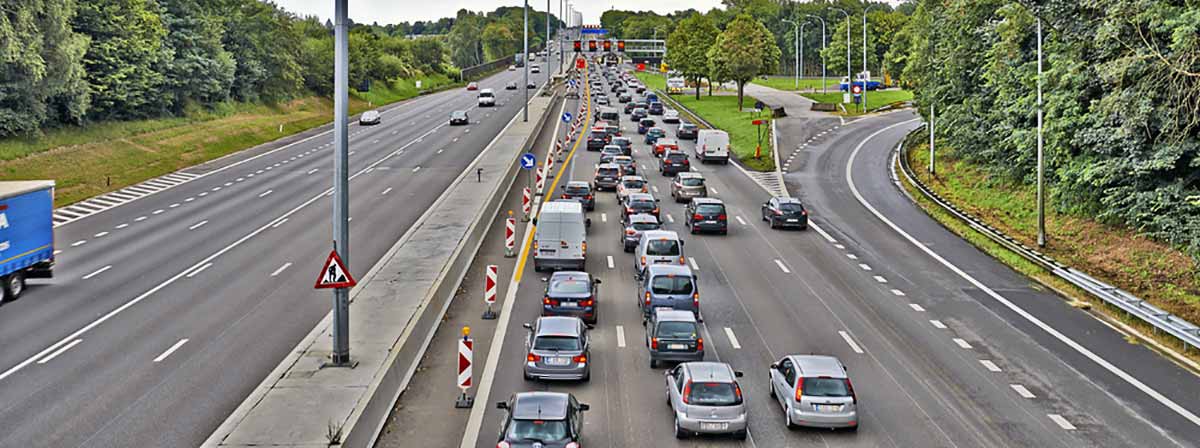
After you move to Belgium, you will probably want or need to drive. Driving in Belgium varies from the pleasant, well maintained rural roads to the nightmare traffic jams around the major cities, and extensive roadworks – not so different from Britain. However, there are some physical and administrative differences you will need to accommodate.
To start with your British driving license will suffice – but it is a good idea to obtain a European license as soon as possible – it’s easier if you have to deal with police. The local town hall will issue you with one for a small fee. You will need your official ID Card, your complete British license plus two passport type photographs, and the fee in cash. If you are a pensioner and approaching the age of 70, in Britain you have to renew your license very three years – not so in Belgium, your new license will last 11 years.
You will also need to register your vehicle with the VRA before you can legally drive it on the roads.
It is obligatory to have at least third party insurance – and to have it in the vehicle.
When you move to Belgium you will find that driving is very similar to Britain – with one notable exception – “Priority from the right”. This may crop up often when least expected. On main roads you will notice yellow diamond signs, this means you have priority, but when the yellow diamond has a black line through it – beware, traffic may suddenly emerge from the right. And, of course, you drive on the right!
I have noticed that drivers tend cut corners and roundabouts can be baffling.
What you must carry in the car – documents
What else to carry in the car
Tyres
Winters can be hard in Belgium, and you may wish to use winter tyres when the ice comes. It is not obligatory in Belgium, but it is a legal requirement in the neighbouring countries of Germany and Luxembourg.
ROADS
Motorways (Autoroute/Autobaan)
Motorways are signposted with a white E on a green background. There are service stations and SOS phones. They are well lit and mostly toll free.
National roads
National roads are marked with the letter N and a number
Speed Limits
Belgium has about twice the number of accidents than in Britain, and speed traps are common, and may be invisible. Fines are heavy, and often need to be paid on the spot.
Speed limits are as follows, unless otherwise indicated:
In Built-up areas, the speed limit comes into effect at the white background signboard bearing the community’s name. Radar speed traps are common.
Accidents
The legal limit for drink driving in Belgium is 0.5 milligrams of alcohol per millilitre of blood. If you have an accident, what you do depends upon its severity.
In all cases
Witnesses may be helpful. The police are very efficient. Photographs or sketches are useful
Conclusion
When you move to Belgium, you will find driving much like in the UK. The extensive road network varies from rutted tracks to pleasant, well maintained roads, and the traffic may be horrendous round Brussels at rush hour but pleasantly light in rural areas.
Anyhow – check the prices for removals to Belgium and get your quotation for free.
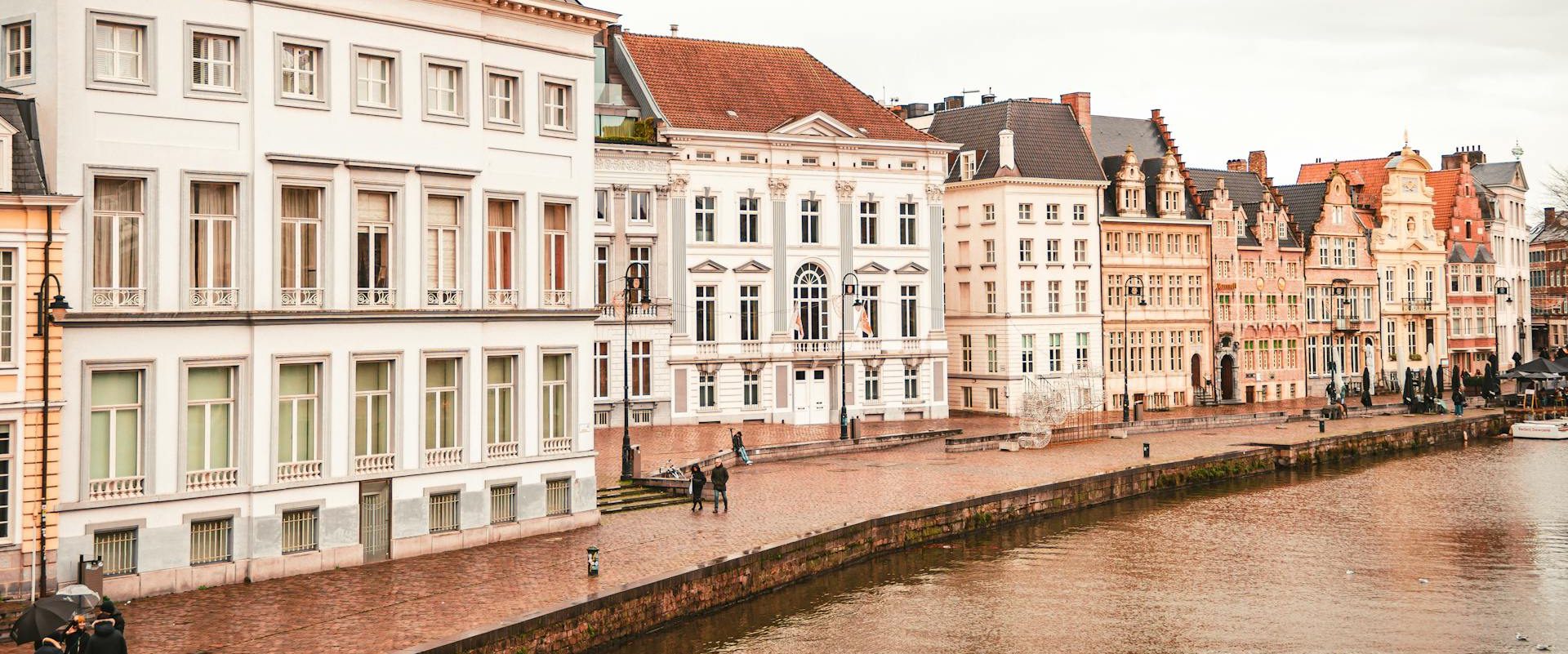 Navigating the Belgian Language Landscape: A Guide for Expats
Navigating the Belgian Language Landscape: A Guide for ExpatsNavigating the Belgian Language Landscape: A Guide for Expats Belgium's rich tapestry of culture, history, and gastronomy is…
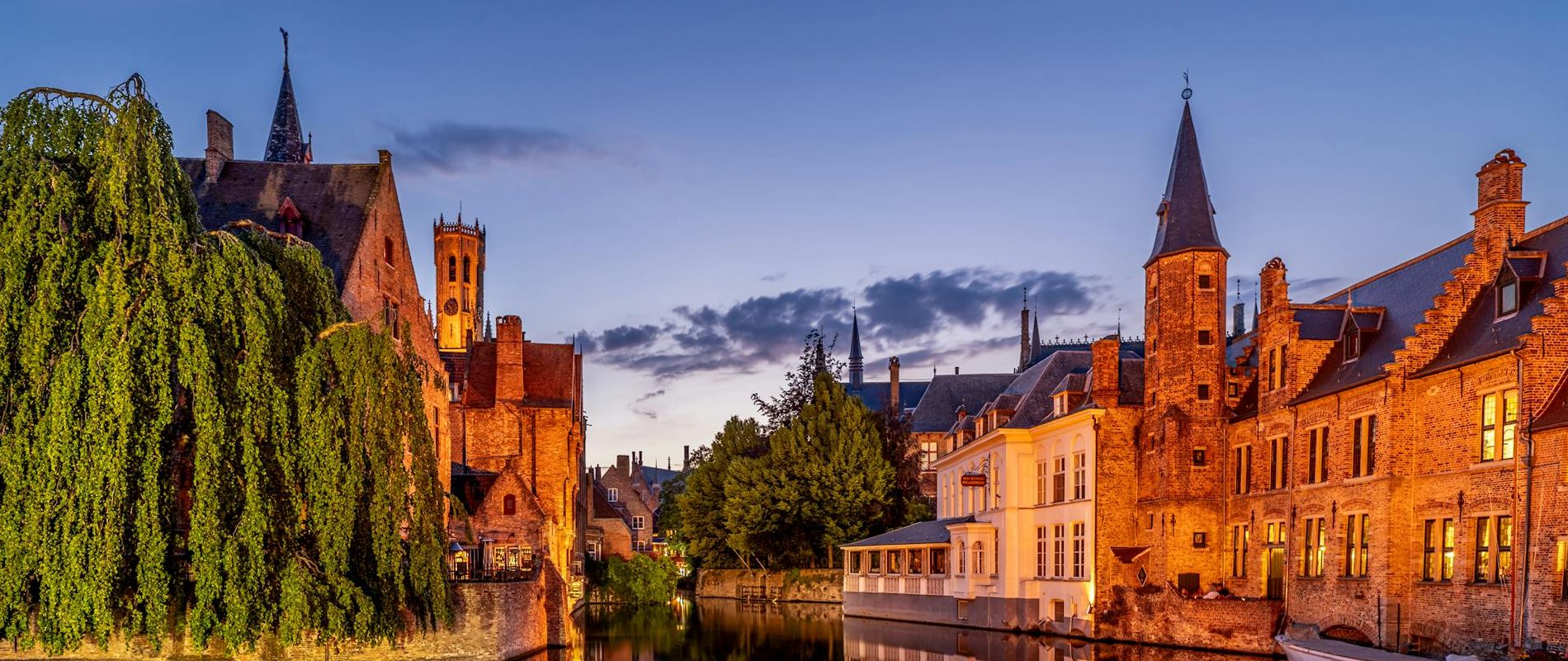 Discovering Unique Places to Live in Belgium: Finest and Popular Stops
Discovering Unique Places to Live in Belgium: Finest and Popular StopsDiscovering Unique Places to Live in Belgium: Finest and Popular Stops Living in Belgium as a newcomer means…
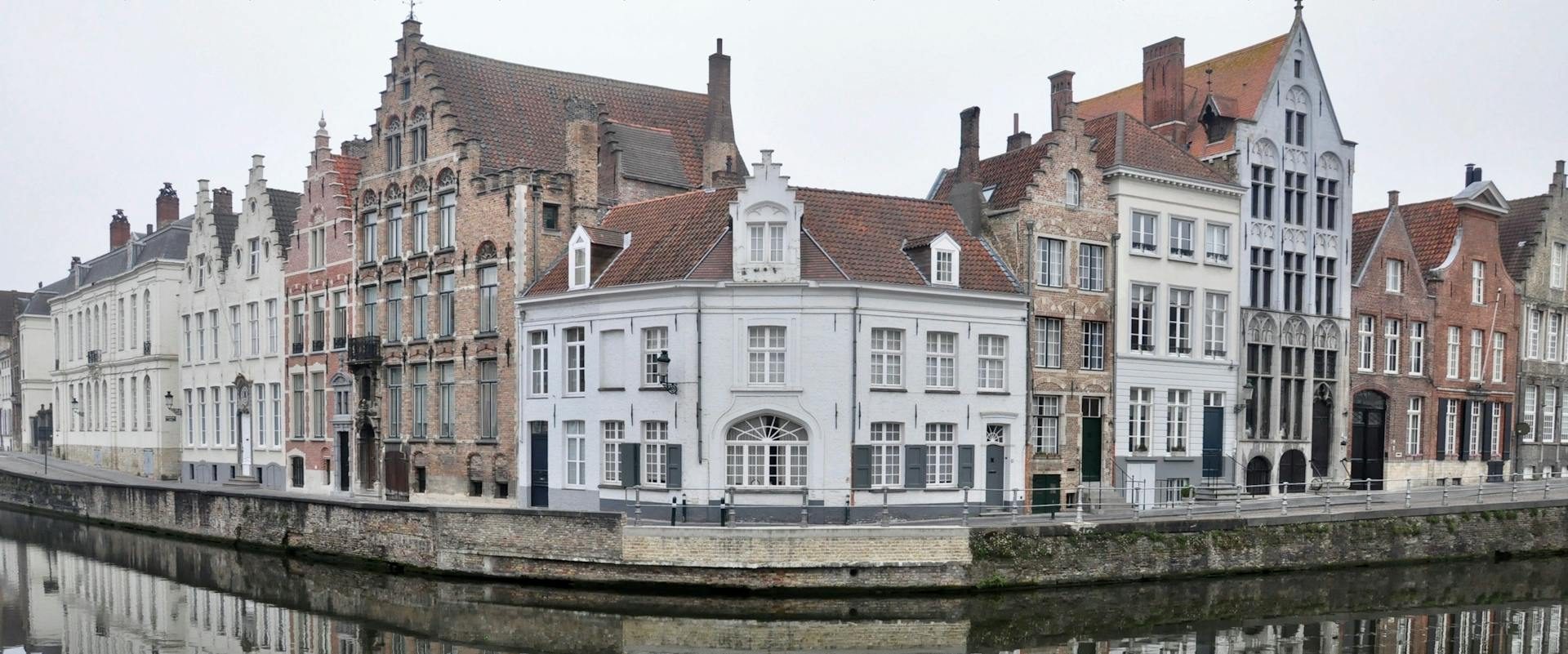 The Joys and Challenges of Living in Brussels with Family
The Joys and Challenges of Living in Brussels with FamilyThe Joys and Challenges of Living in Brussels with Family With a multicultural setting, a wide variety of…
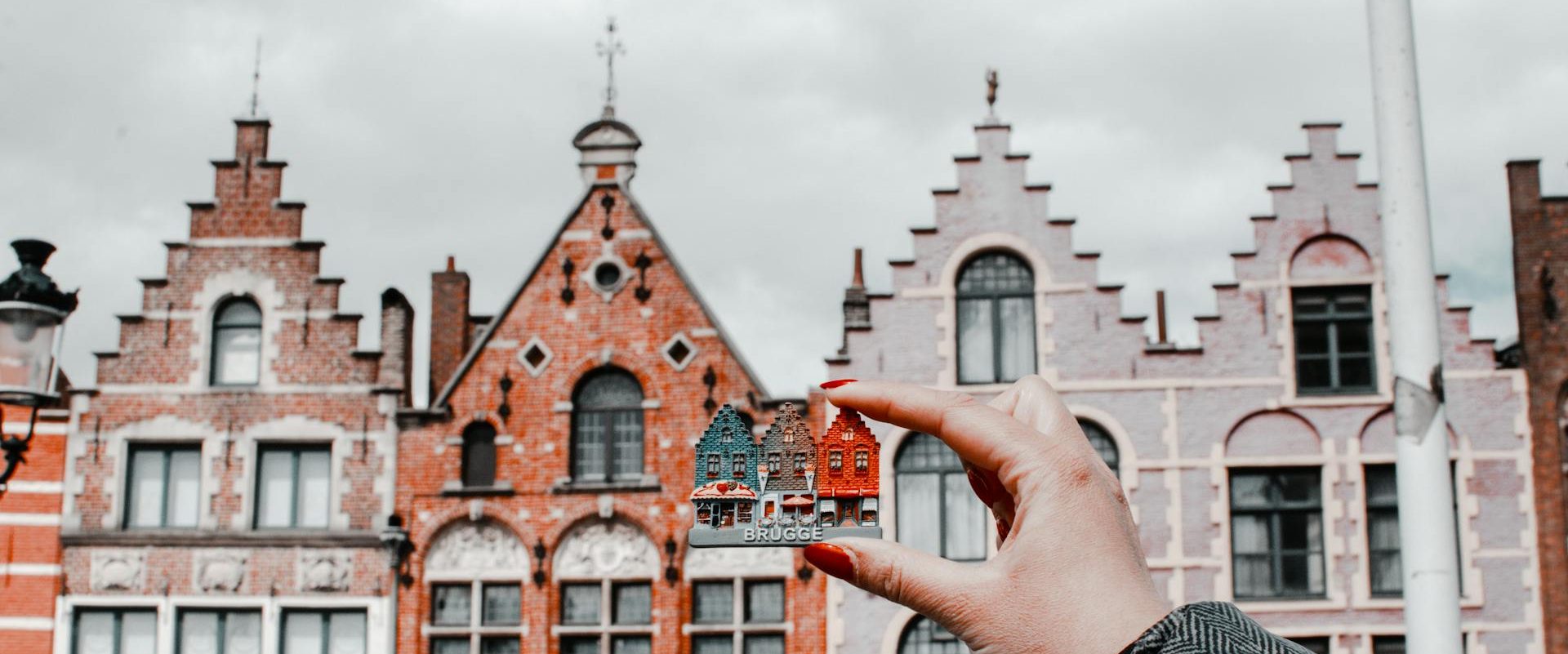 Are You Looking For The Cheapest Place To Live In Belgium?
Are You Looking For The Cheapest Place To Live In Belgium?Are You Looking For The Cheapest Place To Live In Belgium? Looking for the cheapest place to live…